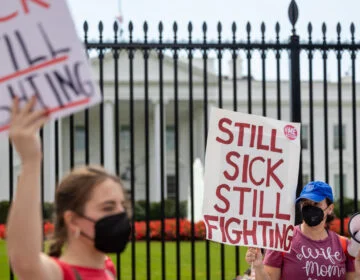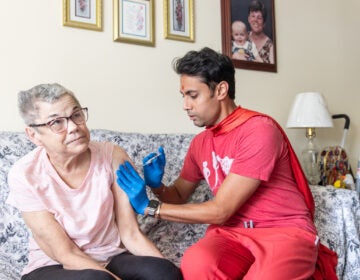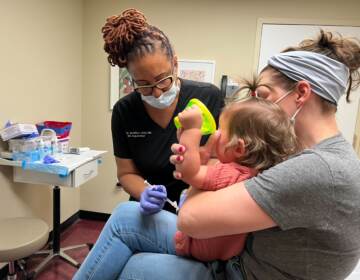How long does it take to recover from COVID?
Symptoms can hang on for a while. Maybe longer than you expect, as a reporter for WHYY’s Health Desk Help Desk learned.
Listen 3:48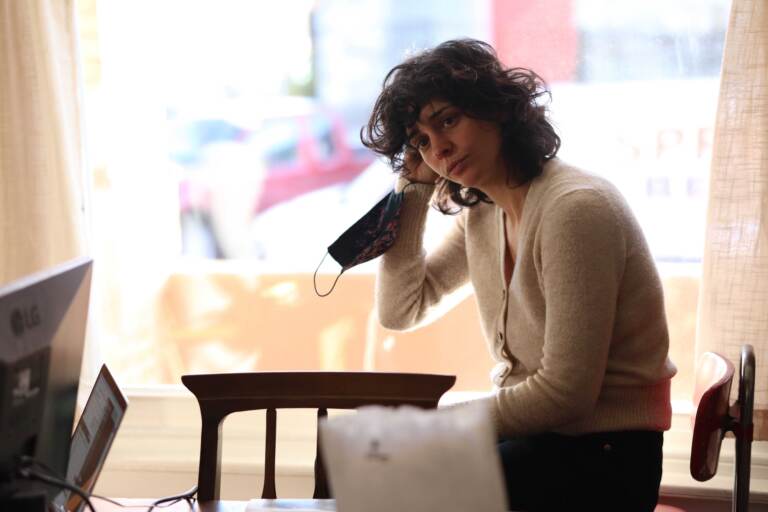
Health reporter Nina Feldman, who has been covering the pandemic from the start in 2020. (Hazel Bryan).
Ask us about COVID-19: What questions do you have about the coronavirus and vaccines?
This is one of a series of articles in which reporters from WHYY’s Health Desk Help Desk answer questions about vaccines and COVID-19 submitted by you, our audience.
A persistent cough. Waves of fatigue. The inability to smell if the milk has gone bad. These are just a few COVID-19 symptoms that can linger for weeks or months after an initial coronavirus infection. Though they may not always amount to the debilitating cases of long COVID that can leave people bedridden or unable to perform daily functions, it’s very common for recovery from COVID infections to take weeks.
With record numbers of Americans contracting the virus during the recent omicron surge have come record numbers of Americans recovering from COVID-19. And that might not always happen as quickly as we’ve been led to expect.
“There could be more to help people understand that it’s not always a quick bounce back right away after the initial infection,” said Dr. Ben Abramoff, director of the Post-COVID Assessment and Recovery Clinic at Penn Medicine in Philadelphia. “This is still a very significant viral infection, and sometimes it’s just a more gradual recovery process than people’s previous viral illnesses.”
COVID symptoms that last for weeks may come as a surprise to some, especially after recent messaging from health authorities. In December, the Centers for Disease Control and Prevention announced that those who tested positive for the virus can exit isolation after just five days if they are symptom-free and continue to wear masks.
That recommendation is understandably focused on the period during which someone is contagious, and, as a result, doesn’t mention anything about longer-lasting or recurring symptoms that might continue after the person is no longer infectious. But it can have the effect of suggesting that, for most people, the recovery process is, if not five days, pretty quick.
That’s the message it sent to me, at least.
Managing my expectations
I’ve been reporting on COVID-19 since the pandemic started, and I thought I knew what an infection would be like for a young, otherwise healthy person like me. I knew there was a risk for long COVID, even with mild cases, but in my mind, there were two types of COVID: run-of-the-mill cases that didn’t last much longer than their isolation periods required, and long COVID, which was relatively rare.
Like so many Americans, I got COVID over Christmas. I was vaccinated and boosted, and my case was indeed mild: sore throat, sinus pressure and headache, extreme fatigue. After eight days, I was feeling better, and I tested negative two days in a row on a rapid antigen test. I was anxious to get back out into the world. Most people I know were still lying low to avoid an omicron infection, but I was armed with a bit of extra immunity, making me a low-risk hang. Party time!
Not quite. Soon after ending my isolation, I had dinner at a friend’s house. One glass of wine left me feeling the next day like I’d had a whole bottle (just guessing what that might feel like). I was bone-achingly exhausted, but couldn’t sleep that night.
In the days and weeks that followed, as I managed the insomnia, I was also contending with bouts of fatigue, brought on by physical activities that are usually easy and even energizing for me: going for a long walk in the cold; riding an exercise bike; taking a sauna. The waves of fatigue, which I started calling “crashes,” feel like I’m coming down with a sickness in real time: weakened muscles, body aches, that feeling where all you can do is lie down. The crashes last for a couple days, I recover slowly, and the cycle inevitably repeats when I accidentally push myself beyond my new and unfamiliar limit.
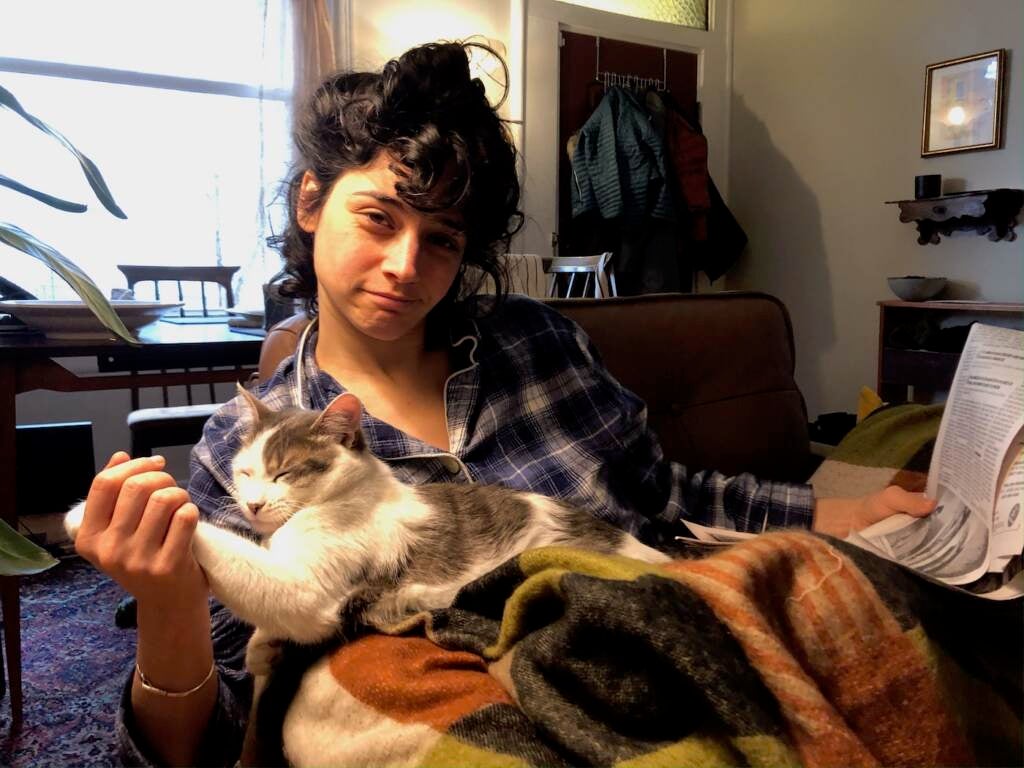
How doctors define long COVID, and what it means for treatment
Since it opened in June 2020, Abramoff has seen about 1,100 patients at the Penn Post COVID clinic. He said there is no official threshold at which someone officially becomes a long COVID patient. If people have only been feeling bad for a few weeks, he considers that to be the tail end of the illness itself. The clinic isn’t really in the business of treating COVID in its acute phase.
For those dealing with symptoms for months, the clinic takes a comprehensive approach, evaluating patients and referring them to specialists who can address their particular needs: a pulmonologist for breathing difficulty, a speech pathologist for someone struggling with cognitive issues, even social workers or other support staff who can help people navigate taking time off work and accessing various disability benefits.
But then there is that awkward gray area: people who have been feeling bad for six or eight weeks after their initial infection. Abramoff said those people will likely get better on their own if they take it easy, though if they don’t, there is some value in beginning work with them early on. For people in that position, his best advice is to take a “watchful waiting” approach: Keep the lines of communication with a primary care doctor open, and be very careful about not rushing back to life as normal.
“You have got to build based on your tolerance,” he said. “People were very sick, even if they weren’t in the hospital.”
It’s hard to pin down just how common long COVID is because various studies attempting to measure that define the disorder differently. The most conservative findings estimate that between 3% and 11% of people who had COVID continued to experience symptoms 12 weeks after initial infection. Another recent study found that 30% of people with mild illness had persisting symptoms nine months after initial infection. Some large meta-analyses have found even greater proportions of people deal with lasting symptoms, though many of the studies they analyze focus mostly on patients who had been hospitalized with COVID-19. It goes without saying that the shorter the time period post-infection, the greater the percentage of people still dealing with symptoms.
In Pennsylvania, more than 860,000 people have tested positive for COVID-19 since the first case of omicron was detected in the commonwealth, according to New York Times data. That number does not include people like me, who only ever tested at home and never reported our results. If 3% of those people experienced symptoms lasting more than 12 weeks, that would mean nearly 26,000 people. If it’s 30%, that’s nearly 260,000 people.
Aside from amounting to thousands of people who still feel bad and whose normal activities might be limited, those numbers can add up to have meaningful impact on the economy. Recent research from the Brookings Institution estimated that lasting COVID symptoms could be responsible for up to 15% of the unfilled jobs in America’s labor market.
Doctors and researchers agree that it’s too soon to predict exactly how common lasting symptoms for omicron will be. Abramoff said that since most of the most enduring and extreme cases of long COVID at his clinic seem to be in people who suffered the most severe illness and hospitalizations, he’s hopeful omicron will bring fewer incidents of long COVID. Still, lasting COVID symptoms can come from mild illness, and those who are vaccinated can also get long COVID.
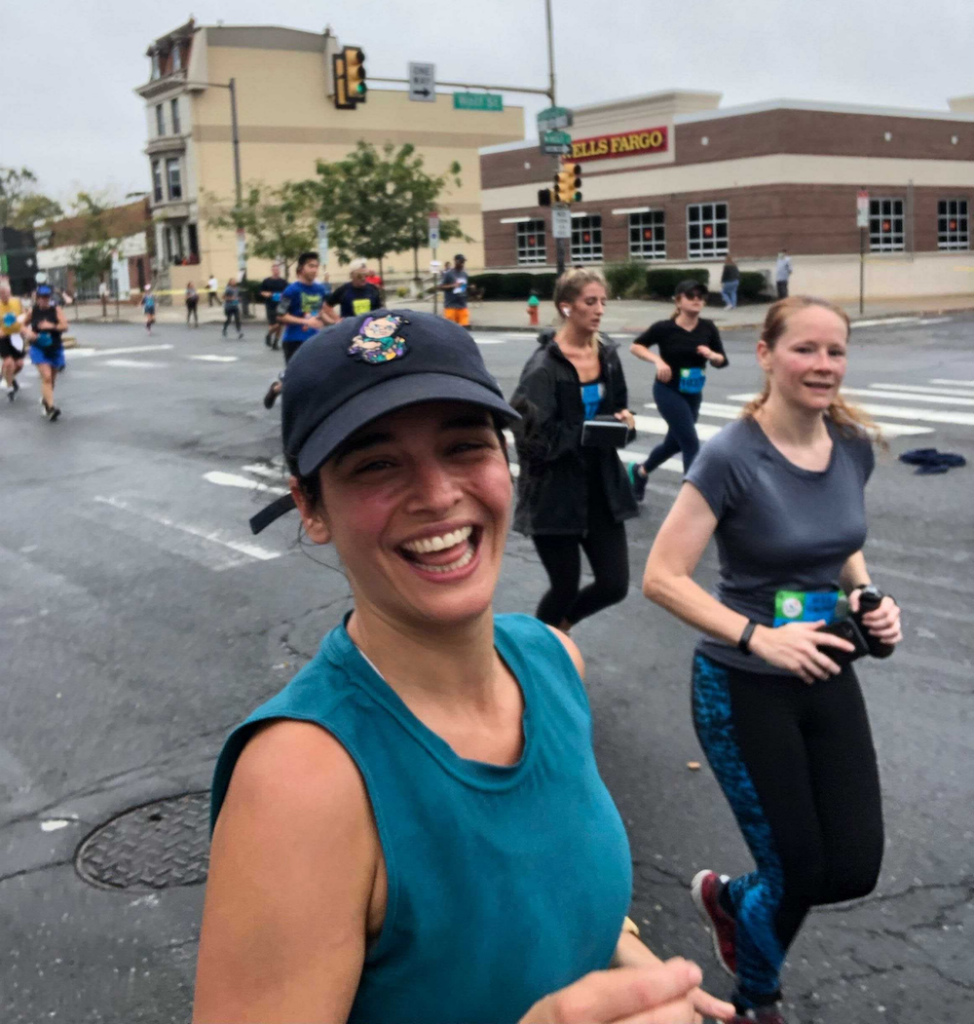
Adjusting to ‘medium’ COVID
My crashes have been going on for five weeks since testing negative. They seem like they’re getting better, slowly, as a result of diligent rest and almost nothing else. Probably — hopefully — I won’t end up among the statistics that the studies I cited count as long COVID cases.
But for those, like me, dealing with what I’ve started thinking of as “medium” COVID, the ongoing issues still affect our lives. I can’t work out, be too social, drink, or stay up much past 9:30pm. I wish I’d been more aware that an outcome like this was more than a remote possibility.
Despite it being my job to know lots about COVID infections, I was simply not prepared for a weeks-long recovery process. If I hadn’t started talking to other people who dealt with ongoing fatigue, I would have almost certainly just tried to push through it. I tried to, at first — as I said, I’m active and otherwise healthy, and I’ve willed myself out of a lingering illness before. But this is not a run-of-the-mill illness, and approaching it that way would have very likely prolonged the recovery process.
That’s why Abramoff said it’s important to monitor your body and respond accordingly, no matter how mild an initial infection was.
“It’s something that could kill somebody who’s in their 70s, it’s the same thing in your body,” he said. “It’s not nothing.”

Show your support for local public media
WHYY is your source for fact-based, in-depth journalism and information. As a nonprofit organization, we rely on financial support from readers like you. Please give today.



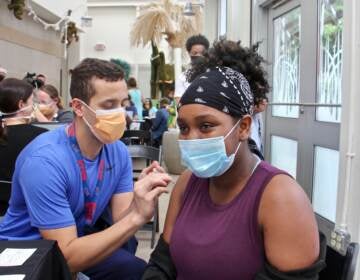
![CoronavirusPandemic_1024x512[1]](https://whyy.org/wp-content/uploads/2020/03/CoronavirusPandemic_1024x5121-300x150.jpg)
